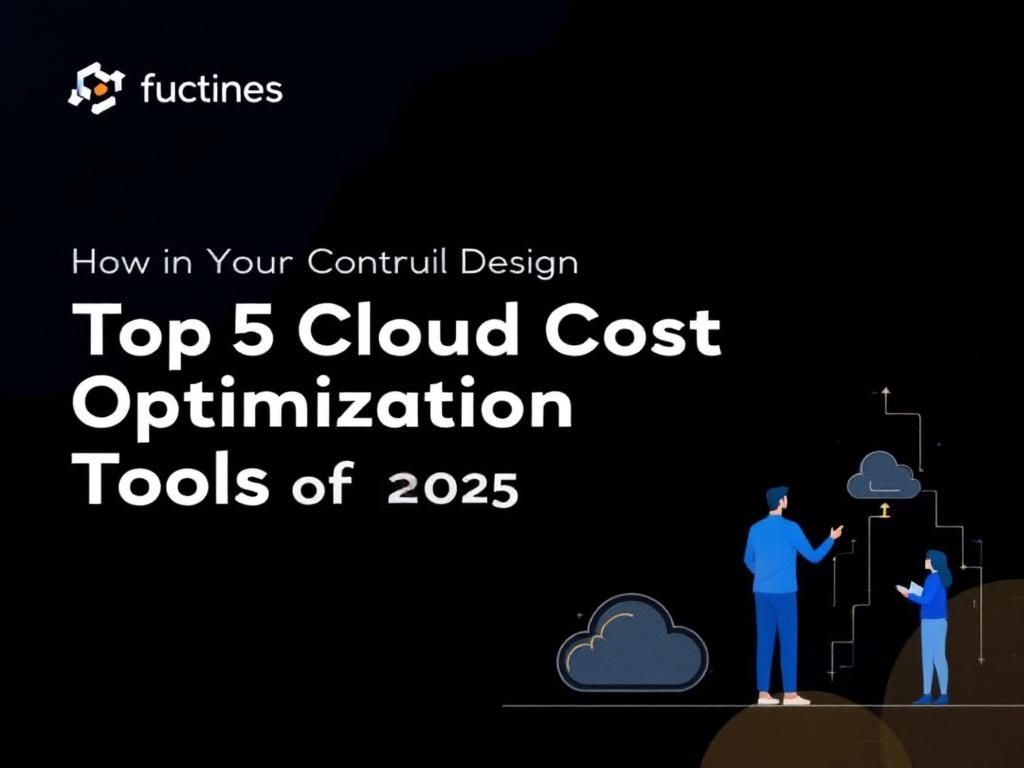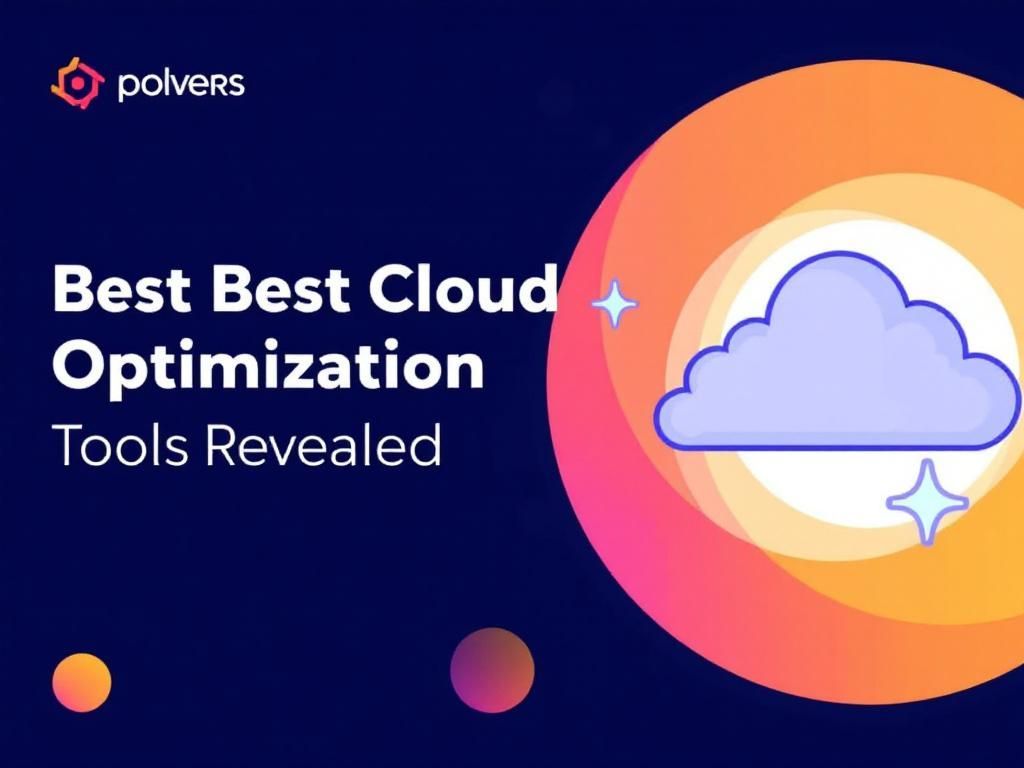Maximize Your Enterprise Efficiency with Cloud Monitoring Tools
Discover how cloud monitoring tools can enhance your enterprise efficiency, streamline operations, and improve overall performance.

As businesses increasingly rely on cloud infrastructure, the need for effective cloud monitoring tools has become more critical than ever. These tools provide visibility into resource performance, security, and operational health, enabling organizations to optimize their cloud environments and ensure seamless service delivery. In this article, we will explore the various aspects of cloud monitoring, the tools available, and how they can enhance your enterprise operations.
Table of Contents
Understanding Cloud Monitoring
Cloud monitoring refers to the process of tracking and managing the performance, health, and security of cloud-based applications and services. It enables businesses to gain insights into resource utilization, application performance, and overall system health.
Key Objectives of Cloud Monitoring
- Performance Optimization: Ensuring applications run smoothly and efficiently.
- Cost Management: Monitoring resource usage to optimize spending.
- Security Compliance: Keeping track of security incidents and ensuring compliance with regulations.
- Availability Monitoring: Ensuring that services are always available and minimizing downtime.
Types of Cloud Monitoring Tools
Cloud monitoring tools can be categorized based on their functionality and purpose. Below are some common types:
1. Infrastructure Monitoring Tools
These tools focus on monitoring the underlying infrastructure components such as servers, virtual machines, and network devices. They provide metrics on CPU usage, memory utilization, and disk performance.
2. Application Performance Monitoring (APM) Tools
APM tools are designed to monitor the performance of applications specifically. They help identify bottlenecks in application code, track response times, and analyze user experience.
3. Security Monitoring Tools
Security monitoring tools help organizations detect security threats and vulnerabilities in real-time. They monitor access logs, network traffic, and system behavior for any suspicious activity.
4. Log Management Tools
These tools aggregate and analyze logs from various sources. They provide insights into system events and help in troubleshooting issues.
Benefits of Using Cloud Monitoring Tools
Implementing cloud monitoring tools offers significant advantages for enterprises, including:
1. Enhanced Performance
By constantly monitoring applications and infrastructure, organizations can optimize performance, leading to improved user experiences.
2. Improved Security
Real-time monitoring of security events allows organizations to respond swiftly to potential threats, thereby minimizing risks.
3. Cost Efficiency
By understanding resource utilization patterns, businesses can optimize their cloud spending, avoiding unnecessary expenses.
4. Proactive Issue Resolution
Cloud monitoring tools enable teams to identify and resolve issues before they impact end users, fostering higher availability.
Choosing the Right Cloud Monitoring Tool
When selecting a cloud monitoring tool, organizations should consider several factors:
1. Scalability
The tool should easily scale with the growth of your cloud infrastructure.
2. Integration
It should integrate seamlessly with existing tools and platforms.
3. Usability
The user interface should be intuitive, enabling both technical and non-technical team members to use it effectively.
4. Cost
Consider the pricing model and ensure it aligns with your budget and the expected ROI.
5. Support and Community
Evaluate the level of support provided, as well as the size and engagement of the user community.
Leading Cloud Monitoring Tools
Here are some of the top cloud monitoring tools available today:
| Tool Name | Key Features | Best For |
|---|---|---|
| Datadog | Infrastructure monitoring, APM, log management | Organizations needing unified monitoring across cloud services |
| New Relic | Application performance monitoring, real user monitoring | Businesses focused on improving application performance |
| CloudWatch | AWS service monitoring, customizable dashboards | AWS users looking for native monitoring solutions |
| Prometheus | Open-source monitoring, time-series data | Organizations seeking customizable monitoring solutions |
| Splunk | Log analysis, security monitoring | Businesses needing advanced log management and analytics |
Implementing Cloud Monitoring in Your Enterprise
To effectively implement cloud monitoring in your organization, consider the following steps:
Step 1: Define Your Goals
Start by outlining what you aim to achieve with cloud monitoring. Align these goals with your overall business objectives.
Step 2: Choose the Right Tools
Based on your requirements, select the tools that best fit your needs.
Step 3: Deploy and Configure
Install the selected tools and configure them properly to start collecting data.
Step 4: Analyze Data
Regularly analyze the gathered data to identify trends and issues.
Step 5: Optimize and Iterate
Make data-driven decisions based on insights from your monitoring efforts, and continuously optimize the setup.
Conclusion
Cloud monitoring tools are essential for modern enterprises, allowing them to optimize performance, enhance security, and manage costs effectively. By selecting the right tools and implementing them strategically, organizations can achieve greater visibility and control over their cloud environments, ultimately leading to better business outcomes.
FAQ
What are cloud monitoring tools?
Cloud monitoring tools are software solutions designed to track, analyze, and optimize the performance and availability of cloud-based applications and services.
How do cloud monitoring tools benefit enterprises?
Cloud monitoring tools help enterprises enhance operational efficiency by providing real-time insights, improving uptime, reducing costs, and ensuring better resource management.
What features should I look for in a cloud monitoring tool?
Key features to consider include real-time monitoring, alerting systems, analytics dashboards, integration capabilities, and support for multi-cloud environments.
Can cloud monitoring tools improve security in my enterprise?
Yes, many cloud monitoring tools come with security features that help detect vulnerabilities, monitor access, and ensure compliance with industry standards.
How do I choose the right cloud monitoring tool for my business?
To choose the right cloud monitoring tool, evaluate your specific needs, consider scalability, assess ease of use, and compare pricing and customer support options.








